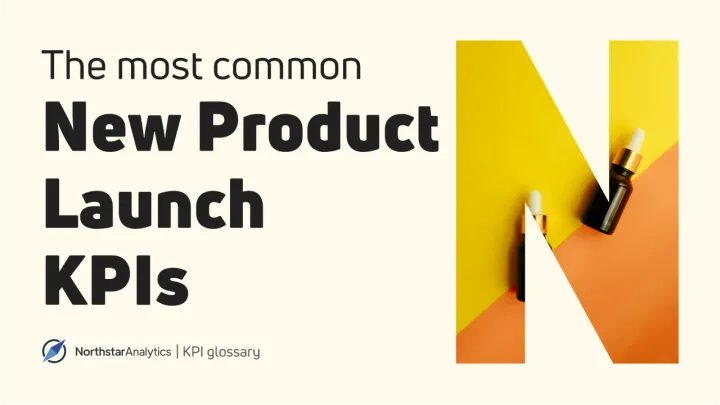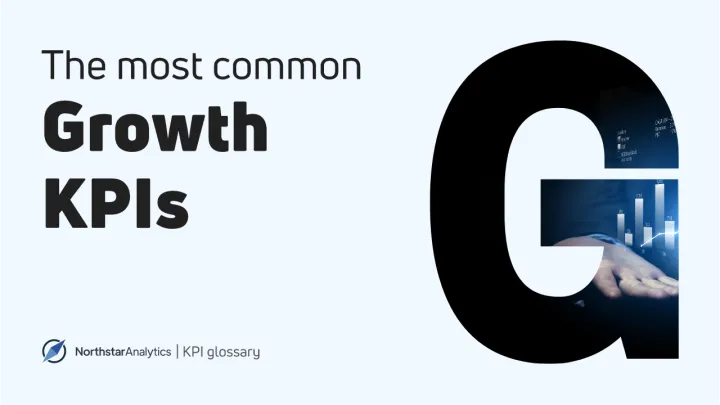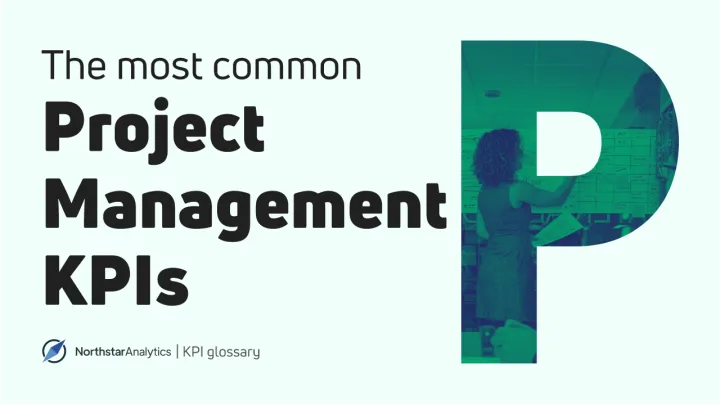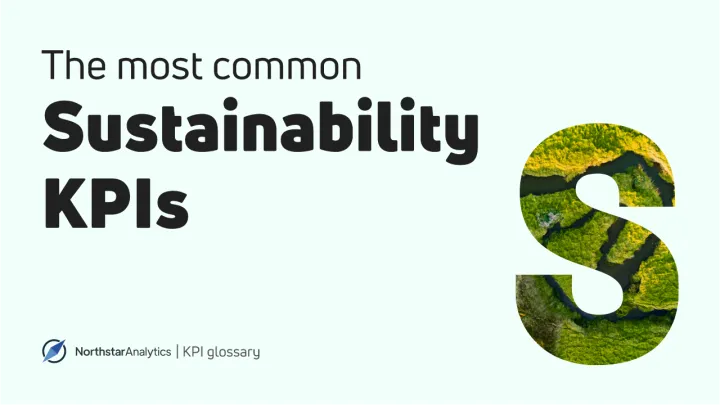Top Outbound Sales Metrics and KPIs
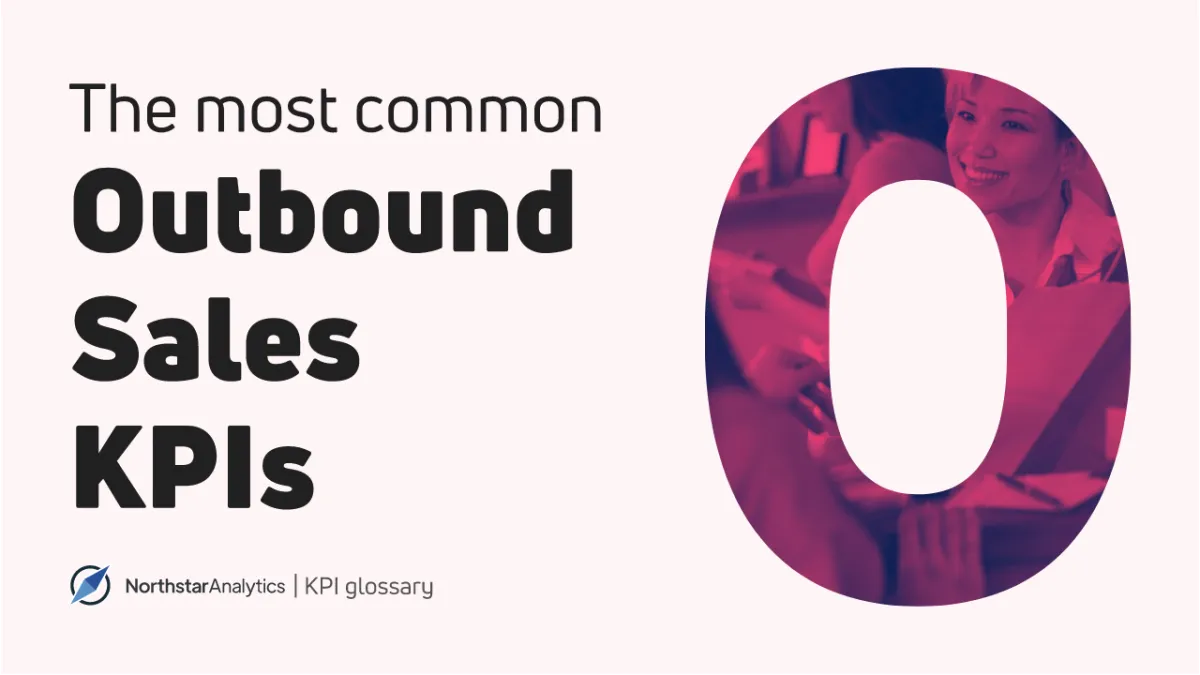
New Business Revenue
This KPI measures the amount of revenue generated by your outbound sales staff from first-time purchasers. It's a reliable indicator of how well your outbound sales machine is working.
Projected Pipeline Sales Value
The predicted pipeline sales value calculates the estimated value of the opportunities in your sales funnel. It provides a good picture of the sales cycle, allowing you to make informed decisions about which tasks the team should prioritize in the short term.
Outbound Sales Growth
Because this statistic is directly related to income and profitability, it's an excellent tool to gauge the health of your present operations. Outbound sales growth measures your outbound sales professionals' capacity to increase revenue over a set period of time.
Phone Calls
Cold calling is an important top-of-funnel action that has long been the backbone of outbound sales. While this prospecting strategy is essentially a numbers game, determining the genuine impact of your reps' phone time extends far beyond the number of calls they make.
Emails
You should at the very least be tracking the amount of emails sent by your outbound sales representatives.
Outbound Conversion Rate
The percentage of outbound leads that convert to qualified appointments is tracked by the outbound conversion rate.
Number of Offers Sent
Your phone and email operations should be driving appointments and demos as a result of measuring and acting on phone and email data.
Hit Rate
The hit rate is a customisable KPI that can be used to calculate the percentage of emails, phone calls, meetings, or other actions that result in sales. It might be a KPI for "working smarter, not harder."
Outbound Customer Acquisition Cost
This KPI can assist you in tracking outbound sales ROI and identifying areas for improvement. If cold calling isn't working, perhaps it's time to shift your attention to social media marketing or inbound sales.
Customer Lifetime Value
Client lifetime value (CLV) forecasts the total profit a customer will generate over the course of their relationship with your organization. Tracking CLV in addition to CAC will help you keep expenditures under control.



